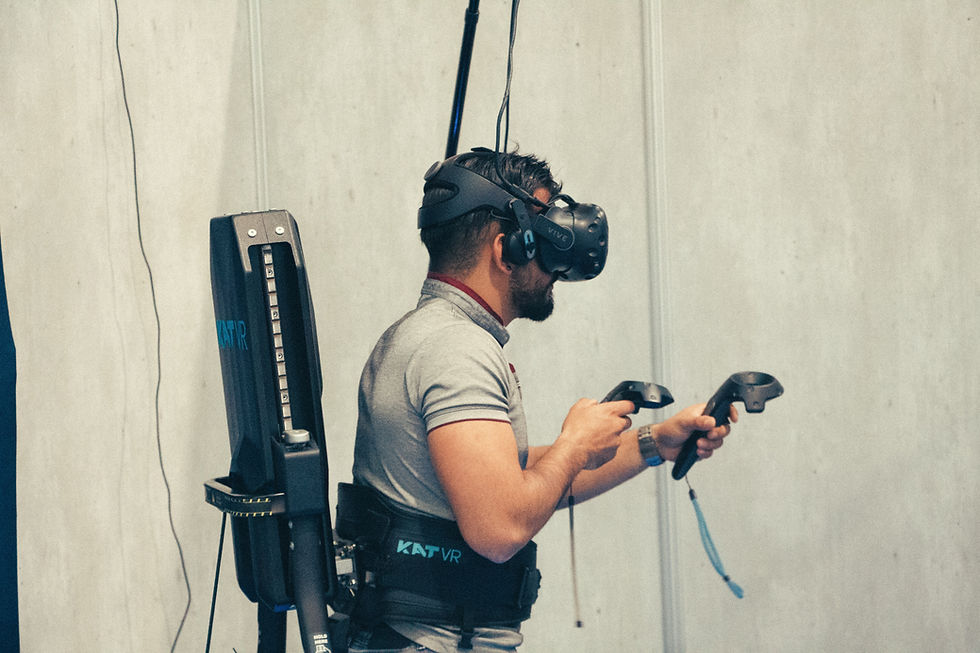How AR/VR is changing the market
- Guanxi

- Feb 26, 2021
- 3 min read
Updated: Mar 10, 2021
It comes as no surprise that many of us are becoming more aware to the capabilities or AR and VR. In 2020 we saw the drastic development which has seen its uses move away from hype or gimmick use. To more refined usability and benefits which can see business growth sore over the next 5 years. #augmentedreality #virtualreality #ar #vr

With the rise of several companies stepping up to implement its uses, we can predict Amazon to soon join the show, with rumours to explore and adapt the uses of AR capabilities.
AR/VR Power to Business
AR and VR blend the lines between the physical and digital world. They offer a new way of interacting with customers, there further learning of product usability. Often referred to as sister technologies AR/VR have an enormous market potential and has already been proven to drive sales reducing sale cycles.

Benefits
Interactions increase customer retention
Provides memorable user experience
Improves advertising capabilities and campaign management
Attracts wider audience, in which there can be group participation
Strengthens brand identity
According to Digi-Capital’s recent report, AR applications can reach 3,5 billion installed base and up to $85-90 billion within 5 years. Meanwhile, VR’s numbers are 50-60 million installed base and $10-15 billion.

Both AR and VR can be used in cohesion or separately, as it uses develop we can expect to see a heavier focus on merging both visual and interactive uses intertwined.
Augmented reality is being applied to various industries. Some of which Guanxi Design have had the pleasure of exploring. We are dedicated to expanding this field but here are some you may be familiar with or can expect this year (2021):
Tourism & Navigation
360 Virtual tours are being use to revamp existing real life locations. Which presents itself as an exciting advantage of virtual reality. With the key power to motivate potential visitors with virtual experiences, which in turn shorten sale cycles and increase retention and inquiries. Virtual tours not only prove easy accessibility, but can be tailored for multiple needs. With integrated functions that add a new layer to tourism. With options for interactive museums in any part of the world, hotels and holiday resorts can benefit from virtual reality.
Real Estate
Virtual reality allows potential buyers and renters to experience their home all from the comfort of where they stand. Saving those involved, time and travel. VR technology enables users to stage homes once for viewing, helping especially those wishing to sell their home independently, with integrated functions that enable buyers to make contact directly through tours.
For the real estate market, virtual tours allow agents to market seamlessly increasing sales, with more time allocated to processing inquires, as potential interest is now available worldwide.
As well as showcasing homes before completion, which may be of interest to potential home developers, or interior designers.
With accessibility via mobile, desktop and VR headsets, viewing homes virtually give users a real life perspective of homes. Where they can browse at their own pace.
An example of our most recent 360 tour.
Fashion
As VR technology continually unfolds, we have seen an increase in "try before you buy" implementation. Enabling fashion brands to provide its audience with freedom to browse options without travelling.
Puma - Augmented reality sneakers covered in QR codes, that allow AR experiences once scanned, which included cool filters, effect and even games.
Balmain Virtual Reality - An app that allows you experience scenes of the runaway, giving you a front row seat.







Comments